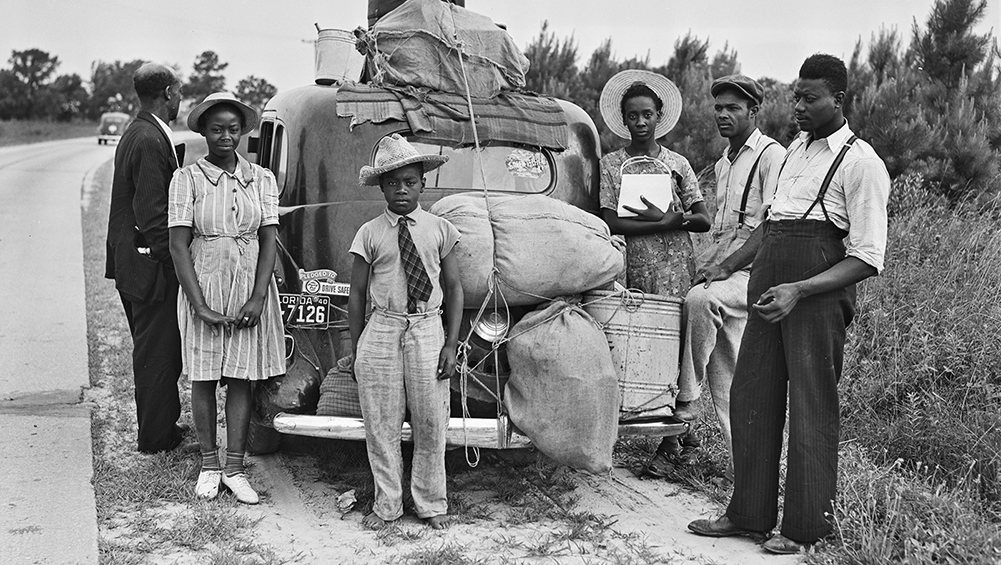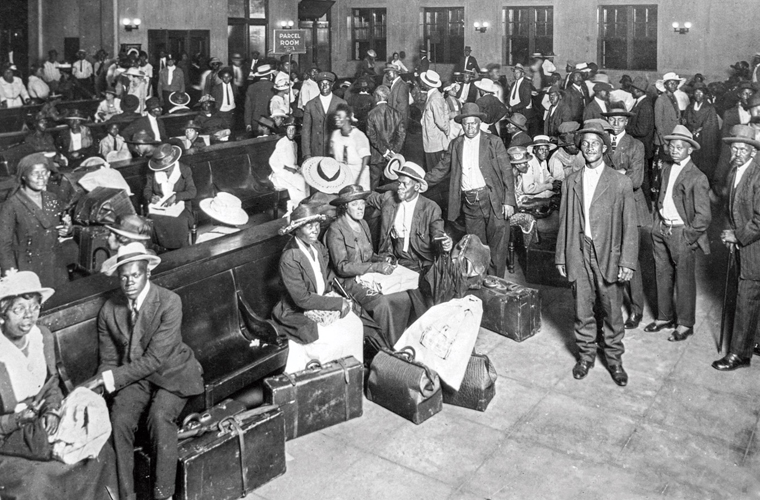The Great Migration refers to the movement of millions of African Americans from the Southern United States to the Northern and Western United States between 1910 and 1970. The migration was driven by a variety of factors, including economic opportunities, social and political factors, and the desire for greater freedom and equality.
The period of the Great Migration began in 1910 and continued through the 1920s, with the largest numbers of migrants coming from states in the Deep South, such as Georgia, Alabama, and Mississippi. African Americans were drawn to northern cities like Chicago, Detroit, New York, and Philadelphia, where there were greater job opportunities in industries like manufacturing, steel production, and transportation. African Americans were also seeking to escape the oppressive racial laws and customs of the South, including segregation, lynching, and voter suppression.
During the Great Migration, African Americans faced many challenges, including discrimination, racism, and violence in the North. Housing discrimination was widespread, with many African Americans being relegated to segregated neighborhoods with poor living conditions. African Americans were also excluded from many jobs and faced significant challenges in finding employment, particularly in white-collar professions.
Despite these challenges, the Great Migration had a profound impact on American society. It led to significant demographic shifts, with African Americans becoming a significant minority population in many northern cities. The migration also contributed to the growth of African-American political and cultural movements, as migrants brought their own unique experiences and perspectives to their new homes.

The Great Migration also had a significant impact on the civil rights movement. The experience of migration and the challenges faced by African Americans in the North helped to shape the movement for racial equality and justice, with many civil rights leaders drawing on the experiences of migrants to advocate for change. Overall, the Great Migration was a pivotal moment in American history, transforming the social, political, and economic landscape of the United States and contributing to the ongoing struggle for racial equality and justice.

